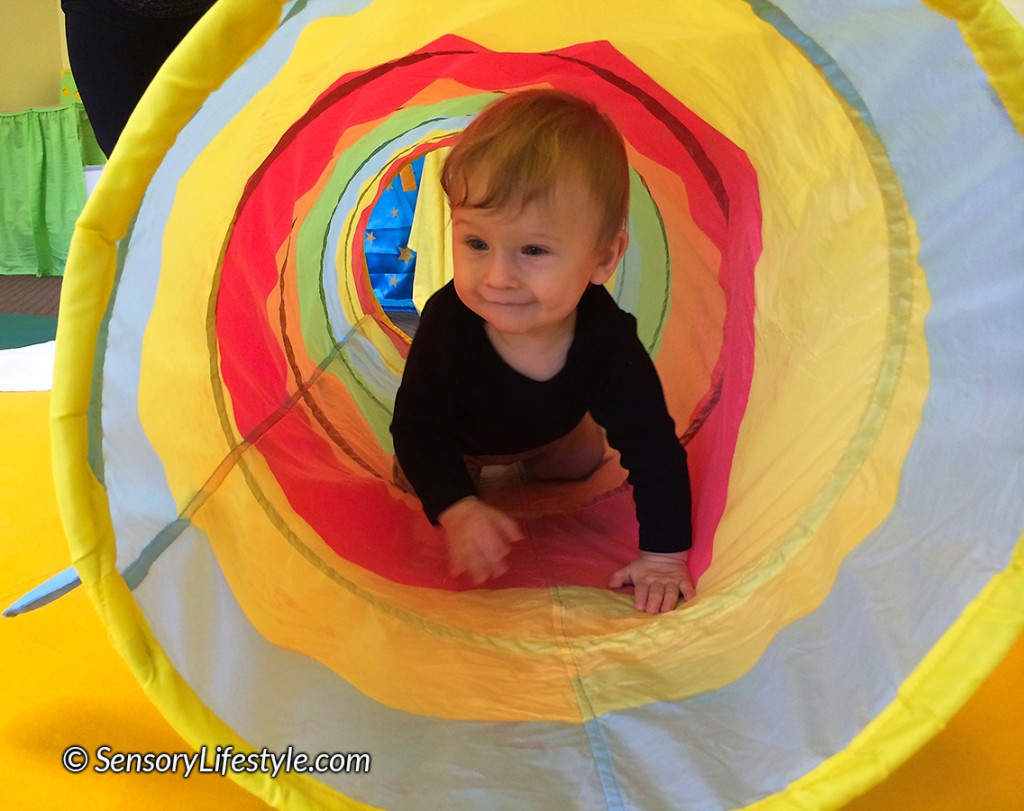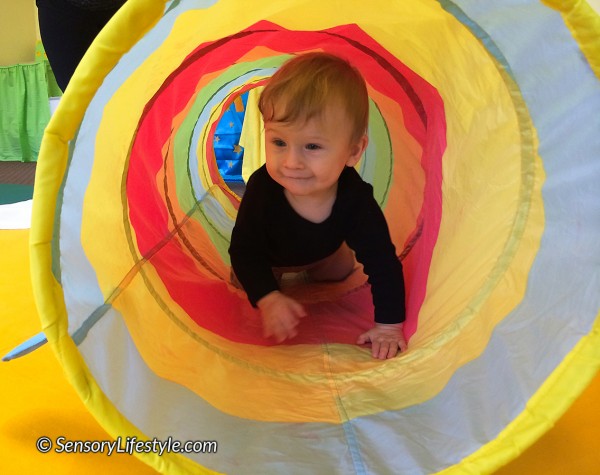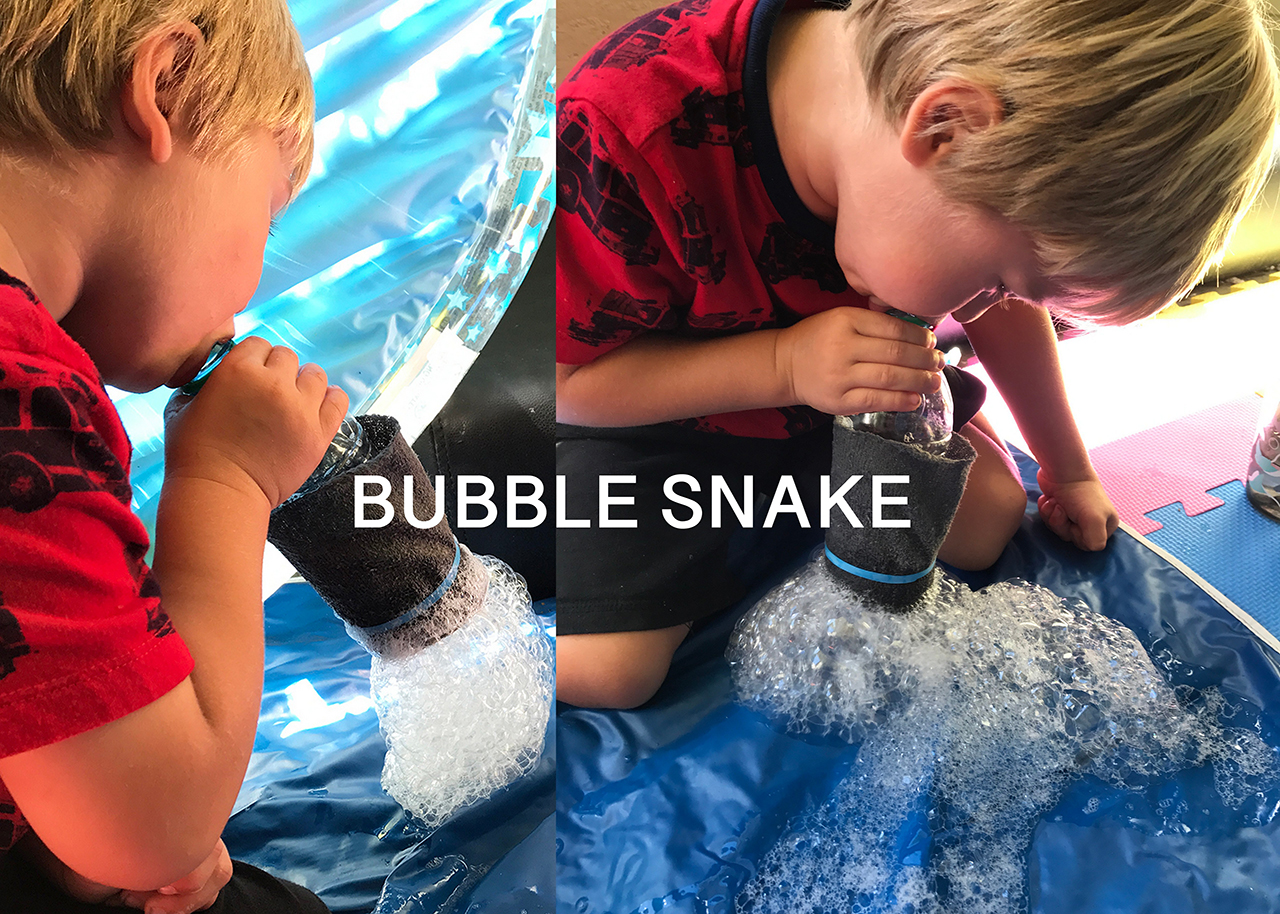Glossary Of Terms

4 min read
In this glossary post I have listed definitions of commonly used terms in the Sensory Lifestyle Blog.

A
Alerting activities: These types of activities aim to get your body and mind more active.
Auditory Sense: This sense processes and interprets information that is heard.
B
Bilateral Coordination: The ability to use both sides of the body together in a smooth and coordinated manner.
Body Awareness: This is the mental image of one’s body parts. Where they are, how they relate to each other and how they move.
C
Calming activities: These types of activities help to calm your body and mind.
Crossing Midline: It’s the ability to cross over the invisible line in the middle of the body with legs, hands or eyes to the opposite side. This skill is needed for things such as reading, writing, many dressing tasks and many sports activities.
D
Directionality: The awareness of right/left, forward/back and up/down. It also includes the ability to move your body in all of these directions.
E
Eye Hand Coordination: The ability for the eyes and the hands to work together to complete specific movements. These are necessary for activities such as dressing, writing, throwing, catching a ball and playing with toys.
F
Fight or Flight Response: The instinctive reaction that one has to defend themselves from real or perceived danger. This may result in a person being aggressive or withdrawn.
Fine Motor Skills: The ability to skillfully use your hands and fingers. Fine motor skills can be used while writing, eating, playing with toys, dressing etc.
Finger Isolation: The ability to move each finger, one at a time. It is part of fine motor skills and is important for things such as using a writing instrument, typing, playing a musical instrument, tying shoelaces etc.
G
Gustatory Sense (taste): A sense that takes in information through the tongue. The information is about characteristics of food such as salty, sour, bitter or sweet.
Gross Motor Skills: It is the ability to skillfully use your large muscle groups. Gross motor skills can be used while walking, running, hopping, jumping, climbing etc.
H
Hand Arches: Development of arches on your hand allows you to grasp objects and helps with the skilled movement of fingers.
Hand Eye Coordination: See Eye Hand Coordination
I
In hand manipulation: This refers to the ability to move and position objects within one hand without the assistance of the other hand. Also part of Fine Motor Skills.
Interception Sense: This sense tells us what is going on inside our body through the senses within our organs.
M
Midline: Imaginary line dividing the two halves of the body. Crossing the midline is the ability to use a body part (hand, foot or eye) from one side of the body and being able to use it the space of the other side. (See Crossing Midline)
Modulation: The brain’s ability to regulate its own activity. For example calming down when going to sleep and staying focused when doing homework.
Motor Coordination: The ability to use your body parts such as arms and legs to complete movements in a coordinated way.
Motor Planning: It’s the ability to conceive of, organize, sequence and carry out an unfamiliar and complex body movement in a coordinated manner.
O
Object permanence: This is the understanding that objects or people still exist even when we can’t see them. Understanding this concept is an important cognitive milestone. To review the specific stages of object permanence, check out the Wikipedia page
Olfactory Sense (smell): This is a sense where the information is inhaled through the nose. It helps us recognize whether smells are dangerous, strong, faint, pleasurable or foul.
Organizing activities: These types of activities will calm a child down who is very active, and alert a child who is feeling low and tired.
P
Pincer grasp: This is the ability to use the thumb and the index finger to pick up small items.
Plasticity: The ability of the brain to change or be changed as a result of activity, especially as a person responds to sensations.
Position in space: Awareness of spacial orientation of letters, words, numbers or drawings on a page or of an object in the environment.
Postural Adjustments: The ability to shift your body in order to change position for a task.
Postural Insecurity: A fear of body movement that is related to poor balance, and deficient body awareness.
Pre writing Skills: This is a group of fundamental skills that are needed before a child is able to write.
Proprioception: The unconscious awareness of sensations coming from the person’s joints, muscles, tendons and ligaments. It provides awareness of our body position in space.
R
Reflex: An action that is performed as a response to a sensory input.
S
Self Regulation: The ability to control your activity level and state of alertness, as well as your emotional, mental or physical responses to senses.
Sensory Modulation: Term used to describe the brain’s ability to adjust, regulate, limit or enhance sensory input.
Sensory Processing Skills: The ability to take in and process sensory information, then respond to that information in a purposeful manner. For example: You hear something behind you. Your brain organizes and interprets that information and you then respond by turning your head around to see what it is
Spatial relationships: Understanding of how objects relate to one another and to the space around them.
T
Tactile Sense: This is a sensory system that receives information through the skin. It provides information about temperature, pressure, vibration, size, texture, pain and movement through the hairs on the skin.
Thumb Opposition: This refers to the ability to move your thumb so it can touch each fingertip of the same hand. It allows you to grasp and manipulate many tools such as tying your shoes or holding a pencil. This skill is part of the Fine Motor Skills.
Tracking: Ability to follow a moving object or a line of print with the eyes. (SEE Visual Tracking)
V
Vestibular Sense: This sensory system responds to changes in head position and to body movements through space. It provides information about movement, balance and body’s relation to gravity.
Visual Motor Skills: This is the ability to visually take in information, process it and coordinate your physical movement in relation to what is seen. It involves the combination of visual perception and motor coordination skills. Difficulties in this area can impact proper grasping, pointing, drawing, cutting, dressing etc.
Visual Sense: This sense interprets what we see.
Visual Tracking: (SEE TRACKING) Visual tracking involves the ability to follow moving objects with smooth, coordinated eye movements. This skill is important for future reading and writing skills
Visual Perception: The ability to perceive and interpret what the eyes see.
Want to know more about me. Check out my ‘About’ page.


